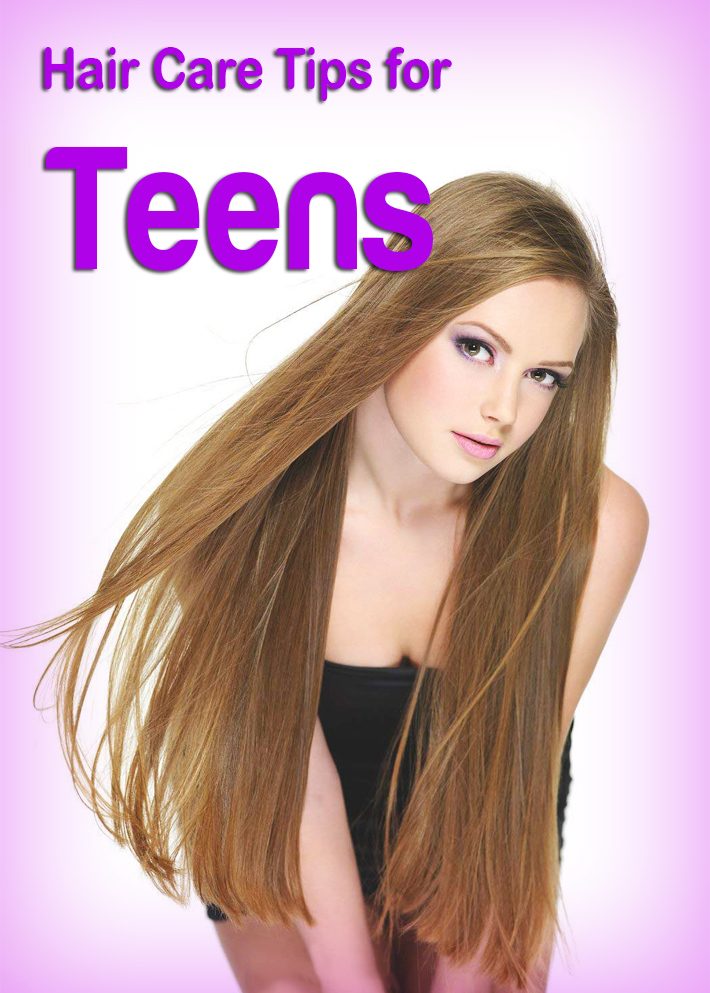
Long hair. Short hair. Dry or oily hair, curly or straight. Ever wonder if you’re taking proper care of your locks? Are you using the right products? Could your shampoo be damaging your hair? Should you brush your hair more or less? With more than 100,000 hair follicles on your head, it makes sense to learn some hair care tips to keep your hair healthy and shining.
Your Skin and Your Hair
Sometimes, the type of skin you have affects your hair type. If you have dry skin, you probably have dry hair. The same goes for oily skin and oily hair.
While there are a ton of products on the market to help teens take better care of their skin and hair, many hair products do more harm than good. Let’s look at some of the causes and treatments for dry and oily hair.
Dry Hair Care Tips
Dry hair looks brittle and feels “crunchy” to the touch. There are many causes of dry hair, ranging from genetics (if mom and dad have dry hair, you probably will, too) to hair treatments.
Inactive oil glands can cause dry hair. If you have dry hair as a result of dry skin, consider washing your hair fewer times each week (every two or three days).
Also, pay attention to the type of shampoo and conditioner you use to make sure it replenishes your scalp with essential oils. Words to look for on hair care product labels are “hydrating” and “moisturizing.” Be sure to take care with heat and chemicals, especially if you have dry hair.
Although electric hair straighteners (flat irons) and curling irons are popular, they can cause serious damage to hair. When used on high heat, hair dryers can damage hair, too. Decreasing your use of these hot devices (or at least using a setting that’s less hot) will help keep your hair healthier.
If you’re not sure whether an appliance will damage your hair, think about your hair the way you think about your skin. Would you blast your face with 1875 watts of hot air every morning? Probably not!
Harsh chemicals in hair color, permanents, and relaxers can strip the hair of vital oils. Some hair dyes contain fewer harsh chemicals than others. Watch out for bleaches and peroxides, because they can make your hair brittle and cause split ends.
Finally, be extra careful in the summer sun. Sunshine and chlorine can both cause dry hair. The easiest solution is to wear a hat or simply avoid getting too much sun (your skin will thank you, too).
You can also protect your hair by wearing a swim cap when you go into the pool. Another option is to saturate your hair with conditioner before heading to the beach or pool. If you swim in a chlorinated pool, wash your hair in fresh water after swimming. If you swim frequently, consider using a shampoo designed to remove chlorine from hair.

Oily Hair Care Tips
Do you have oily hair? If you wash your hair in the morning, you may find yourself frustrated by the time evening rolls around, as your hair already appears to need another wash.
Keep in mind that oily hair is really an oily scalp. Wash your scalp and hair as needed, lathering twice if you need to. You might try leaving the shampoo on your head for at least five minutes before rinsing. And condition your hair on the ends only. Do not place conditioner directly to your scalp. Avoid brushing your hair too often, as the brush brings oil from the scalp to the ends of your hair.
An oily-hair “quick-fix” is to dab a bit of talcum powder to the roots of your hair.
Also, ask your hairstylist what he or she recommends for oily hair. Stay away from any product that adds “shine” to the hair. It will only add more oil to your already saturated locks.
What About Hair Extensions?
If you’re looking for a long hair style — quickly — you might be considering hair extensions. Jessica Simpson and Tyra Banks are known for creating long hair styles in the blink of an eye with extensions.
But follow this trend only with caution and with advice from a professional. The most realistic extensions are braided into your real hair, very close to the scalp. They’re “painted” with a bonding material, and then “sealed” with a heated solution.
The weight of extensions can pull on your natural hair, sometimes causing hair to fall out. Extensions can also be quite expensive. There are safer, inexpensive alternatives, such as extension clips, that can be found in beauty supply stores or on the Internet.
Dealing With Split Ends
You might see split ends if you look carefully at the ends of your hair. You’ll see a single hair that has literally split into two at the bottom of the strand.
Split ends can be caused by repeated blow-drying, heat-straightening, or excessive brushing. Once your ends are split, the only solution is to go to the salon to get them trimmed. But you can avoid split ends by brushing less, using less heat on your hair, regularly using conditioner, and protecting your hair from extremely hot or cold weather.
Regular haircuts and trims are a good idea, too. They help rid your hair of damage so that a healthier crop can grow up top.

Help! My Hair is Tangled
Dreadlocked stars such as Lenny Kravitz might embrace their stylishly tangled hair. But most of us groan in frustration when we’re faced with a mass of tangled hair.
The key to preventing tangles is to reduce the amount of chemicals (dyes, relaxers, perms) that you put in your hair, and to use a good conditioner in the shower. Also, make sure your hair is tangle-free before you wash it.
Avoid brushing out tangles. Arm yourself with a wide-toothed comb, your fingers, and maybe a leave-in detangler that you can buy at any drug store. Start by gently picking out the tangles at the ends of your hair to avoid pulling out the hair. Once the ends are manageable, move your way up toward the scalp, gently combing.
Above all, remain calm. If you hurry, the tangles could get worse, resulting in a brush or comb full of stray hairs.
Six Hair Care Tips for Luscious Locks
- Realize that the grass is not always greener. Embrace your hair in its natural state, whether it’s thin and straight or thick and curly, or somewhere in between. The more you struggle against Mother Nature, the more damage your hair will suffer.
- Get regular “checkups” for your hair. Both guys and girls should get their hair trimmed regularly. Even if you are growing out your hair, get a trim at least once every two months (some recommend every six weeks). As you go through puberty, your hair might go through some drastic changes. A stylist can help you manage your hair by giving advice on products to use or by changing your hairstyle.
- Remember: Manufacturers want your money; you want healthy hair. Don’t believe the magazines or the back of the conditioner bottle, especially if it says you need every product in a particular manufacturer’s line of hair care products. Use only what you absolutely need. Often this can be as simple as shampoo and conditioner, and perhaps a deep conditioner to use weekly on dry or thick hair, or a detangler for tangle-prone hair.
- Beware of the brush. Even though it seems to make your hair shinier, repeated brushing can cause your hair to break and your ends to split. Of course, if you never use your brush, your mom would probably not be too happy. So use it when you need to, just not too much!
- Leave color changes to the professionals. Although do-it-yourself highlights and hair-color kits are easy and inexpensive, the results are almost always not in your best interest. Get a recommendation for a good stylist and consult with him or her (as well as your parents!) before you decide to change your hair color. There are infinite shades of blonde, red, brown, or even black. A stylist can help you pick the best one for your skin tone. Also, your current hair-color might react to certain dyes. And certain types of hair coloring can cause allergic reactions in some people.
- Take care in braiding hair. Multiple-braid styles can look great. But do not over-twist or over-tighten braided hair. This can apply too much pressure to the hair roots and skin. Use natural oils, not multiple chemicals, on braided hair.
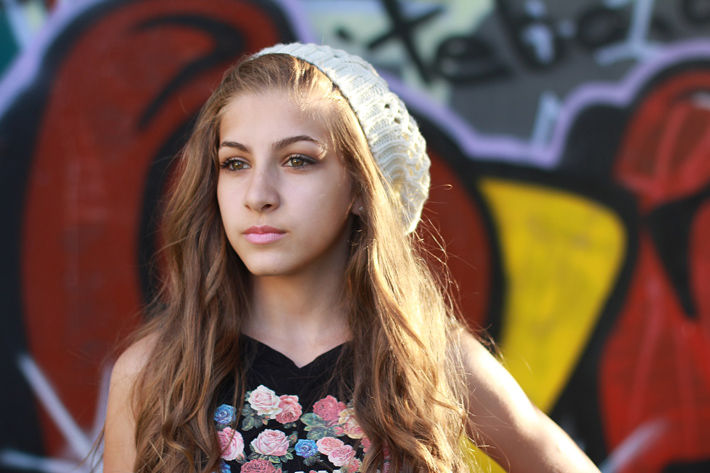

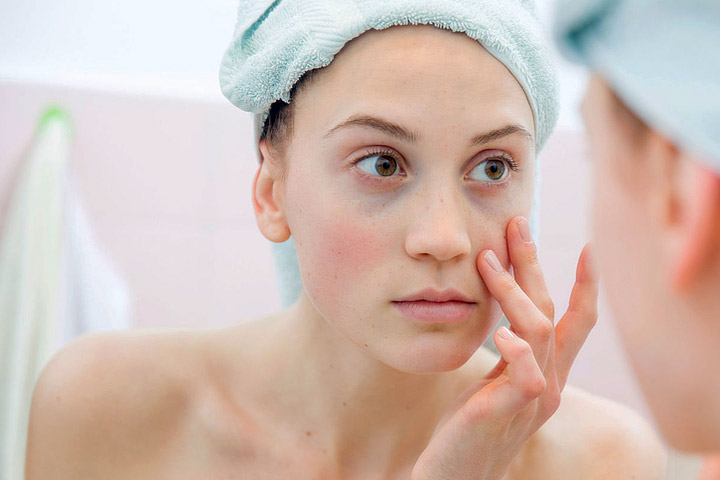
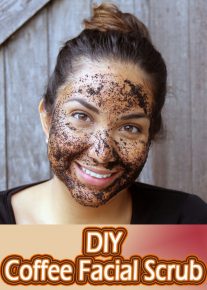
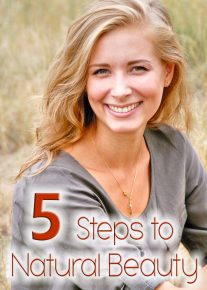
What’s up to all, it’s truly a nice for me to visit this web site, it consists of
valuable Information.